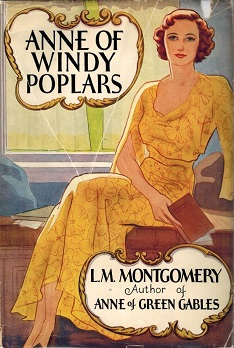
Anne of Windy Poplars—published as Anne of Windy Willows in the UK, Australia, and Japan—is an epistolary novel by Canadian author L. M. Montgomery. First published in 1936 by McClelland and Stewart, it details Anne Shirley's experiences while serving as principal of a high school in Summerside, Prince Edward Island over three years. A large portion of the novel is presented through letters Anne writes to her fiancé, Gilbert Blythe. Chronologically, the book is fourth in the series, but it was the seventh book written.

Sad Cypress is a work of detective fiction by British writer Agatha Christie, first published in the UK by the Collins Crime Club in March 1940 and in the US by Dodd, Mead and Company later in the same year. The UK edition retailed at eight shillings and threepence (8/3) – the first price rise for a UK Christie edition since her 1921 debut – and the US edition retailed at $2.00.

Mary Anna Randolph Custis Lee was the wife of the Confederate general Robert E. Lee and the last private owner of Arlington Estate. She was the daughter of George Washington Parke Custis who was the grandson of Martha Washington, the wife of George Washington. Lee was a highly educated woman, who edited and published her father's writings after his death.

Mona Lee Washbourne was an English actress of stage, film, and television. Her most critically acclaimed role was in the film Stevie (1978), late in her career, for which she was nominated for a Golden Globe Award and a BAFTA Award.

Margaret Mann, was a Scottish-American actress.

Mary Maguire Alden was an American motion picture and stage actress. She was one of the first Broadway actresses to work in Hollywood.

Eugenie Besserer was an American actress who starred in silent films and features of the early sound motion-picture era, beginning in 1910. Her most prominent role is that of the title character's mother in the first talkie film, The Jazz Singer.
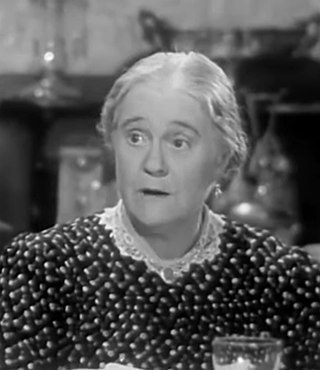
Mary Gordon was a Scottish actress who mainly played housekeepers and mothers, most notably the landlady Mrs. Hudson in the Sherlock Holmes series of movies of the 1940s starring Basil Rathbone and Nigel Bruce. Her body of work included nearly 300 films between 1925 and 1950.
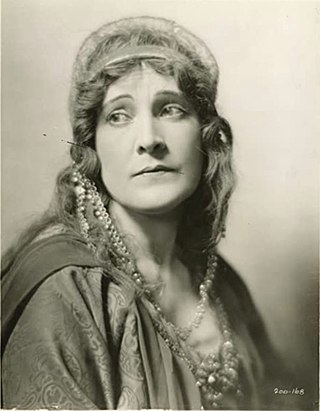
Claire McDowell was an American actress of the silent era. She appeared in 350 films between 1908 and 1945.
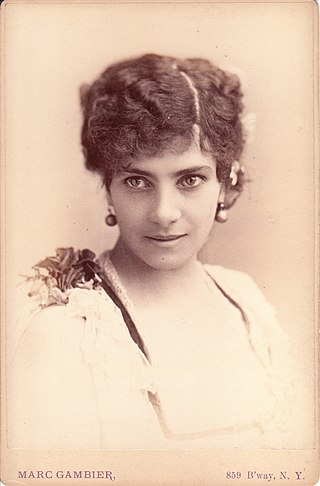
Mary Jane Lee was an American actress of the stage and screen.

Vera Lewis was an American film and stage actress, beginning in the silent film era. She appeared in more than 180 films from 1915 to 1947. She was married to actor Ralph Lewis.

Ethel Griffies was an English actress of stage, screen, and television. She is remembered for portraying the ornithologist Mrs. Bundy in Alfred Hitchcock's classic The Birds (1963). She appeared in stage roles in her native England and in the United States, and had featured roles in around 100 motion pictures. Griffies was one of the oldest working actors in the English-speaking theatre at the time of her death at 97 years old. She acted alongside such stars as May Whitty, Ellen Terry, and Anna Neagle.

Inez Palange, also written as Ines Palange, was an Italian-born American actress who was best known for her role as Mrs. Camonte in the 1932 film Scarface.

Esther Dale was an American actress of the stage and screen.

Four Wives is a 1939 American drama film starring the Lane Sisters and Gale Page. The film was directed by Michael Curtiz and is based on the story "Sister Act" by Fannie Hurst. The supporting cast features Claude Rains, Jeffrey Lynn, Eddie Albert, Frank McHugh and Dick Foran. The picture is a sequel to Four Daughters (1938) and was followed by Four Mothers (1941). Four Wives was released by Warner Bros. on December 25, 1939.

Amy Veness was an English film actress. She played the role of Grandma Huggett in The Huggetts Trilogy and was sometimes credited as Amy Van Ness.
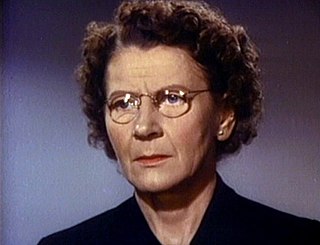
Edith Evanson was an American actress of film, character and television during the Golden Age of Hollywood.

Tempe Pigott was an Australian silent and sound screen character actress. In the pre-film era she was a stage actress in England, Australia, Canada and the United States. She began appearing in motion pictures in the 1920s.

Connie Leon was an English singer, dancer and film actress.
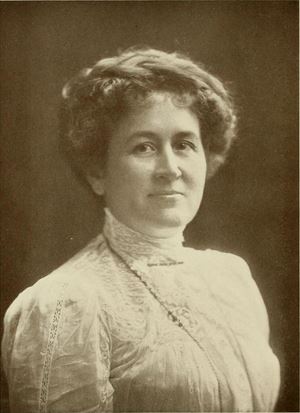
Adeline Palmier Wagoner was an American volunteer organizational leader and author. She served as president of the St. Louis, Missouri, branch of the National Plant, Flower and Fruit Guild, a charity for the poor and afflicted, and as president of the Shakespeare Tercentenary Society.




















